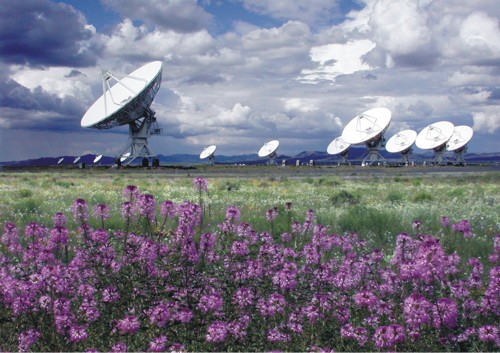Section Pages: Introduction – Why Radio? – History – Light – Pixels

Disclaimer
The Radio Astronomy section of the ASRAS website is under constant construction. So please be patient with us as we learn how to design effective web pages in WordPress.
Thanks,
Martin Pepe
A PIXEL is a PIXEL – Radio “Image” Data
… except when you don’t have enough of them!
Relevant Links: ALMA, VLASS, VLBA, Arecibo, FAST, LCRT (future), Green Bank, VLA

A pixel is the smallest piece of a digital photo describing the picture you’re looking at. We’ve all been disappointed by a grainy photo (usually the more pixels the better). A typical digital camera has 10 to 40 Megapixels (million). This is also what drives HD video television having finer detail (1080 or 4K).
A radio astronomer takes a ‘picture’ of the ‘radio sky’ one pixel at a time, then re-assembles them in a computer to create an ‘image’. The example shown (upper left) is a ‘wire frame’ model of two peaks with a shallower one in between.

The computer can then apply a ‘false color’ to the data to make it appear as a ‘visual image’.

The Green Bank Radio Telescope (above) is 100 x 110 meters (two soccer fields) and is the heaviest moving object on Earth at over 16.7 million lbs.


The top image above shows a galaxy in the visible spectrum, then below it is the 21 cm (1.42 GHz) radio spectrum of the Hydrogen atom emission. Hydrogen, H, is THE most abundant element in the universe. Notice the (21 cm) radio waves ‘see’ right through the dark ‘dust’ lanes that block the visible light. This is another advantage of radio over optical, as it can penetrate celestial structures otherwise obscured by dirt & dust.